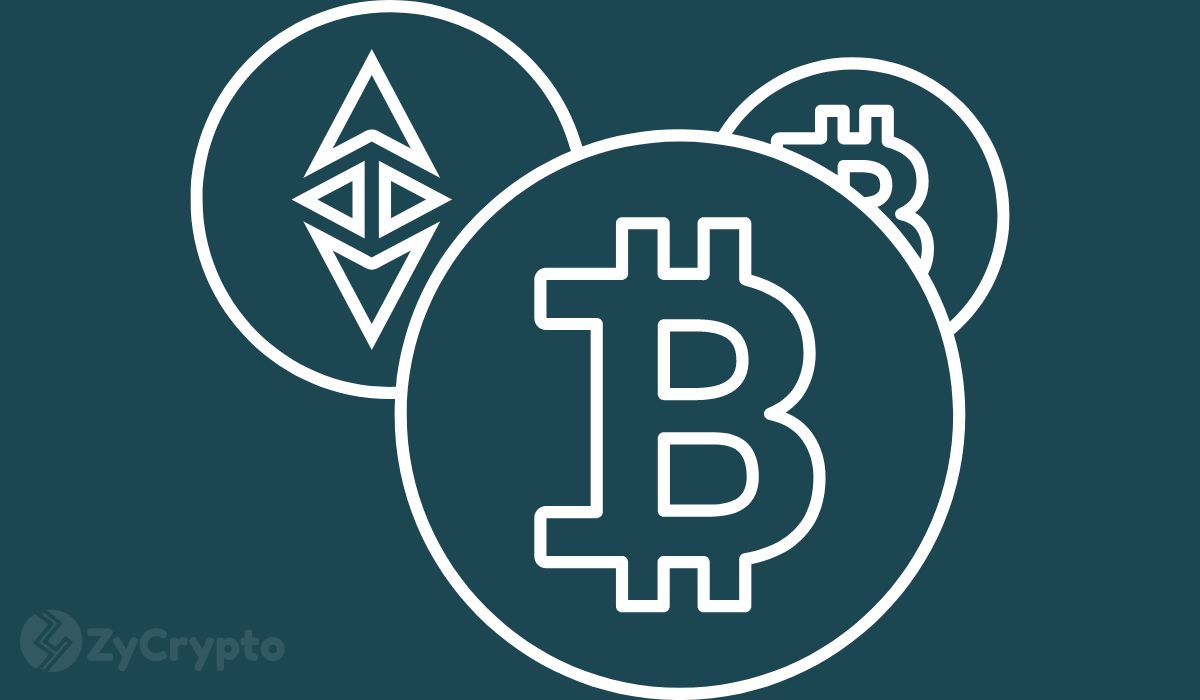2020-9-17 08:52 |
The Bitcoin price popped above $11,000 just as the Federal Reserve Chairman Jerome Powell started delivering his speech after finishing their two-day policy meeting on Wednesday.
Mr. Powell’s office boosted its monetary response to the COVID pandemic. It projected no interest rate hikes until at least the end of 2023. It also stressed on keeping its inflation target higher above 2 percent “for some time.”
The new alert from the Federal Open Market Committee confirmed the central bank’s long-term dovish sentiment.
Bitcoin pared part of its gains after Powell’s press conference concluded, plunging by as much as 2.55 percent from its session high at $11,099. The cryptocurrency slipped partially because of profit-taking behavior among daytraders. At the same time, its downside correction also came in sync with gold and the US market.
Bitcoin against a set of mainstream financial markets. Source: TradingView.com
So it appears, not all considered the Fed’s dovish outlook bullish for riskier assets – at least for the short-term. That was further visible in the US dollar’s overnight rebound. The greenback surged 0.3 percent after trading near its two-year lows for more than a week.
But the long-term outlook favors a seismic shift in how investors would perceive risk in the future. Here are the three biggest takeaways from Powell’s speech that could influence trends–particularly–in the Bitcoin market ahead.
#1 US Economy ReboundsThe entire reason behind the Fed’s aggressive monetary policy is an economic crisis that built itself at the heights of the COVID pandemic.
As governments forced people and industries into a state of lockdown to curb the fast-spreading infection, it unintentionally caused a string of collateral damages, ranging from higher unemployment to bankruptcies. The uncertainty led many investors to seek safety in assets like gold, Bitcoin, and stocks.
But a recent slowdown in the COVID-19 infections in the US has eased the median Fed forecasts.
The central bank now expects the economy to contract by 3.7 percent by the end of 2020. Earlier in June, the projected drop was 6.5 percent.
The Fed also expects unemployment to fall at a slower rate–at 7.6 percent this year–against the previous estimate of 9.3 percent.
If the economic situation in the US improves in the coming sessions, then it could prompt policymakers to reduce the stimulus. The US Congress is already debating over the size of its next economic aid.
The bill stands delayed now by almost two months. In this period, the US dollar index has rebounded by nearly 2 percent from its 27-month low at 9.75.
DXY rebound continues despite Fed’s dovish outlook. Source: TradingView.com
Bitcoin, on the other hand, has fallen by 12.60 percent from its year-to-date high near $12,500.
#2 Fed Wants Congress to Release the AidMr. Powell noted in his interaction with reporters that the Fed’s forward guidance on the US economy and their dovish policy assumed additional stimulus from the Congress.
“More fiscal support is likely to be needed,” he said. “There are still roughly 11m people out of work. A good part of those people was working in industries that are likely to struggle.”
While there has been no update from the Congress itself, President Donald Trump urged Senate Republicans to increase the size of their financial aid than their initial proposal of around $500 billion.
The bill, if passed, would give Americans just $300 a week in enhanced federal unemployment benefits. In the first package, the aid was $1,200 a week.
With President Trump’s accommodative comments ahead of the presidential elections, it appears the US Congress would come closer to meeting the Democrats’ demand of a $2.2 trillion stimulus package. That would weaken the US dollar further, and in turn, benefit Bitcoin.
#3 QE and BitcoinMr. Powell said that the Fed continues to buy the US government securities at a speed of $120 billion per month. The chair added that they would more likely adjust the quantitative easing program as per the health of the US economy.
In the long run, the policy expects to decouple asset prices from economic and corporate fundamentals. Investors would always prolonged faith in ample and predictable liquidity support. That would allow them to fuel the ongoing asset bubble further against a weaker dollar sentiment.
Some observers, including billionaire investor Paul Tudor Jones, see the QE as overly bullish for Bitcoin.
Bitcoin rallied by more than 200 percent against the Fed’s QE policy. Source: TradingView.com
Overall, the Fed won’t achieve its inflationary targets without the US government’s support. A successful second stimulus package now serves as the missing link between Bitcoin and its upside price targets.
origin »Bitcoin (BTC) на Currencies.ru
|
|
























